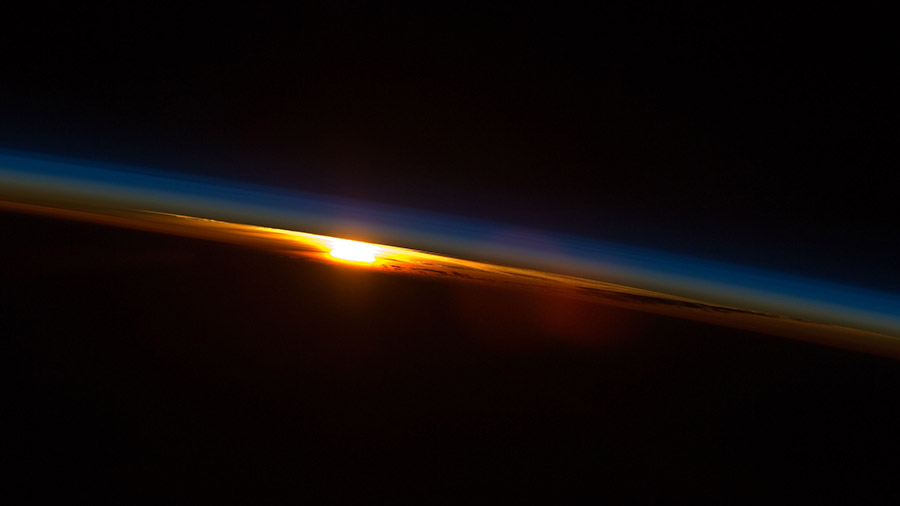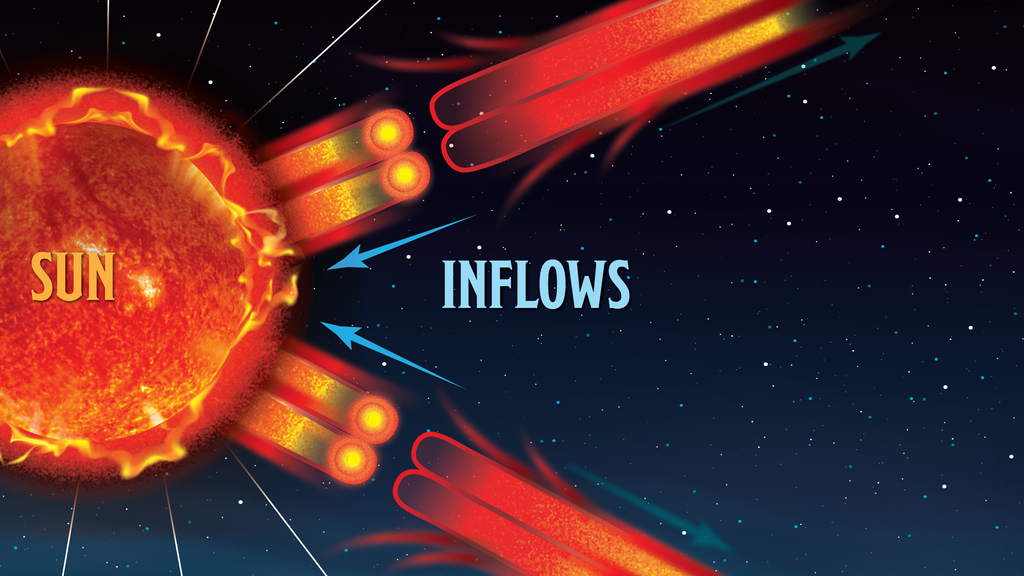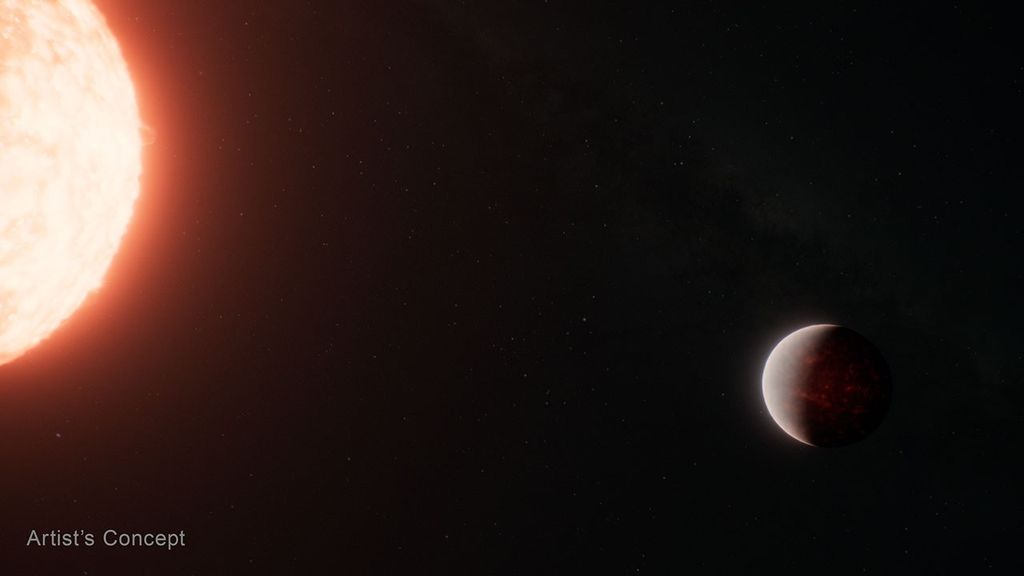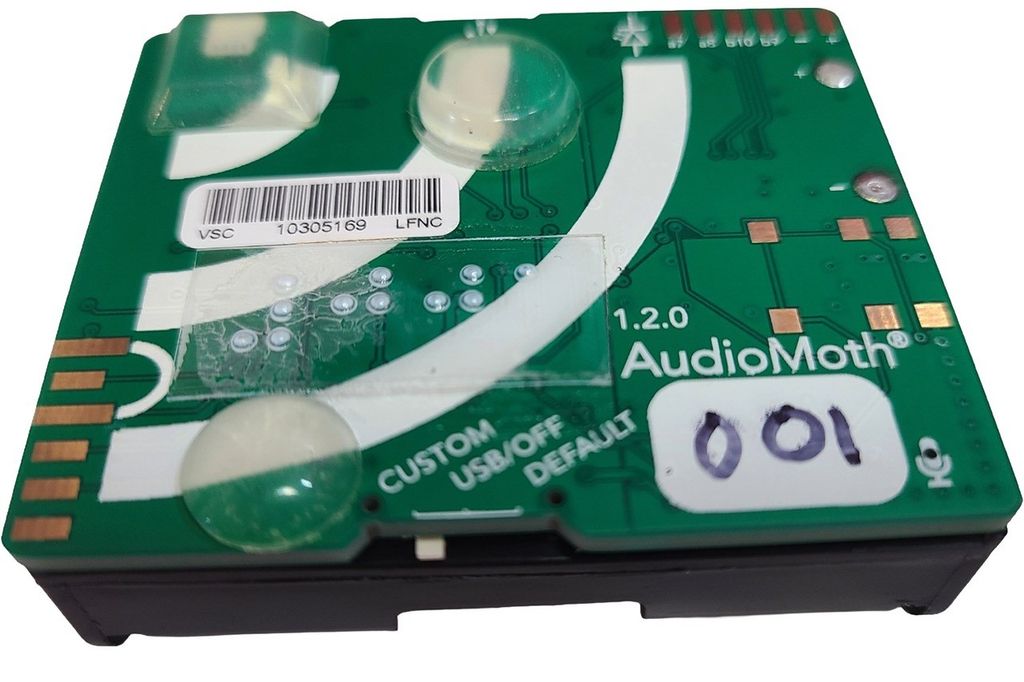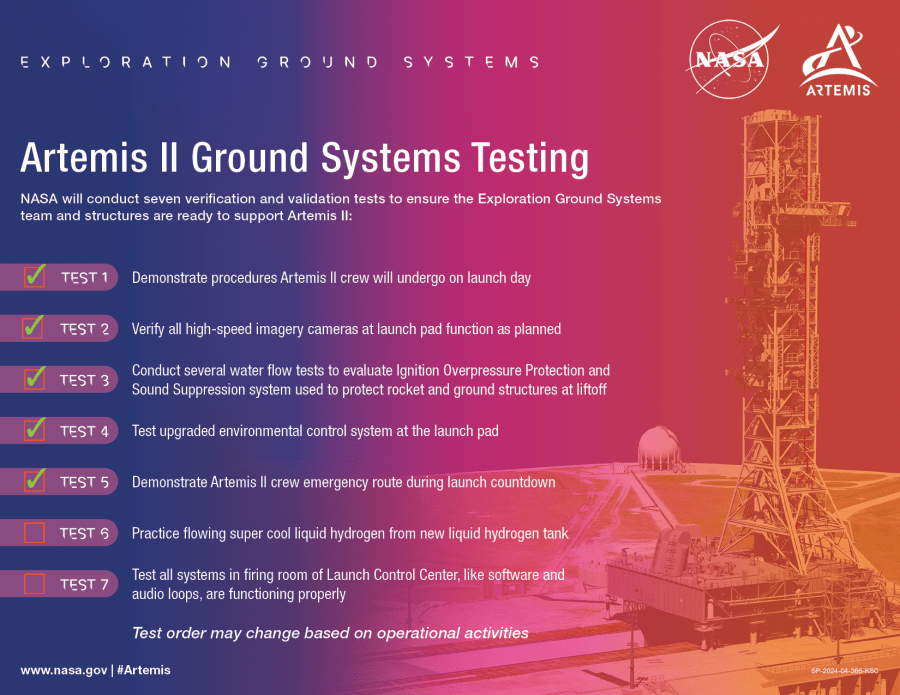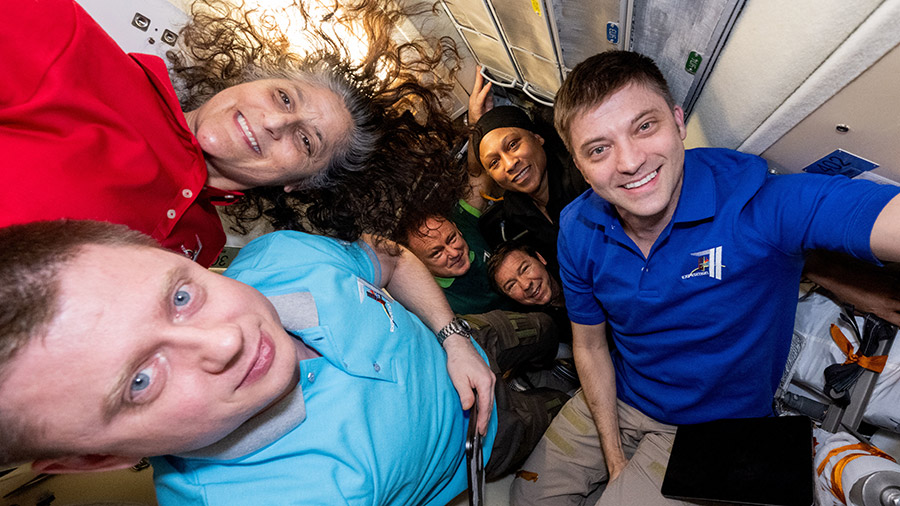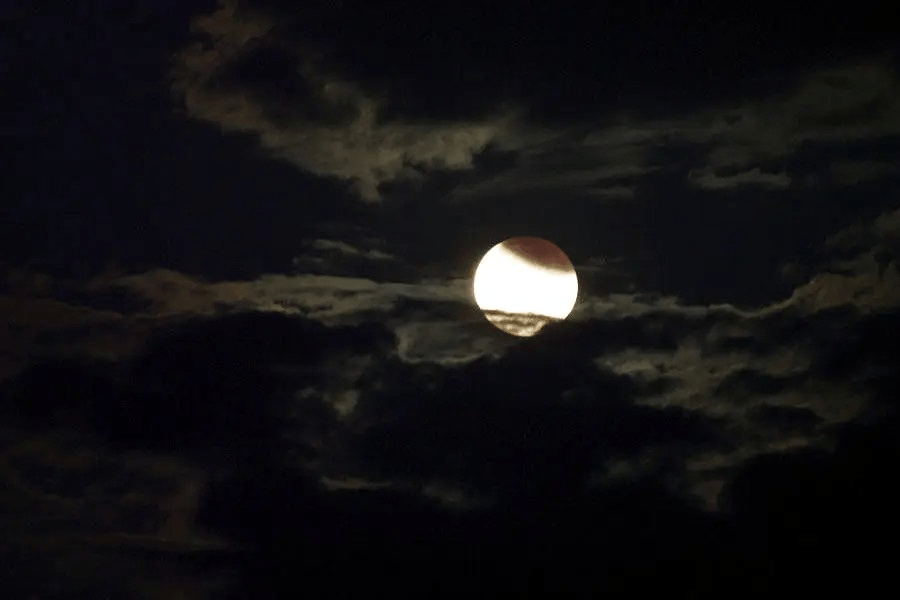The 12-member Expedition 71 crew aboard the International Space Station spent Tuesday observing how their bodies are adapting to weightlessness, configuring life support systems, and training to use safety hardware. NASA and its international partners have collected and analyzed decades of health data from hundreds of space crew members. Whether its just a few days …
Space Science Advancing Health as Two Crews Near Station Departure
